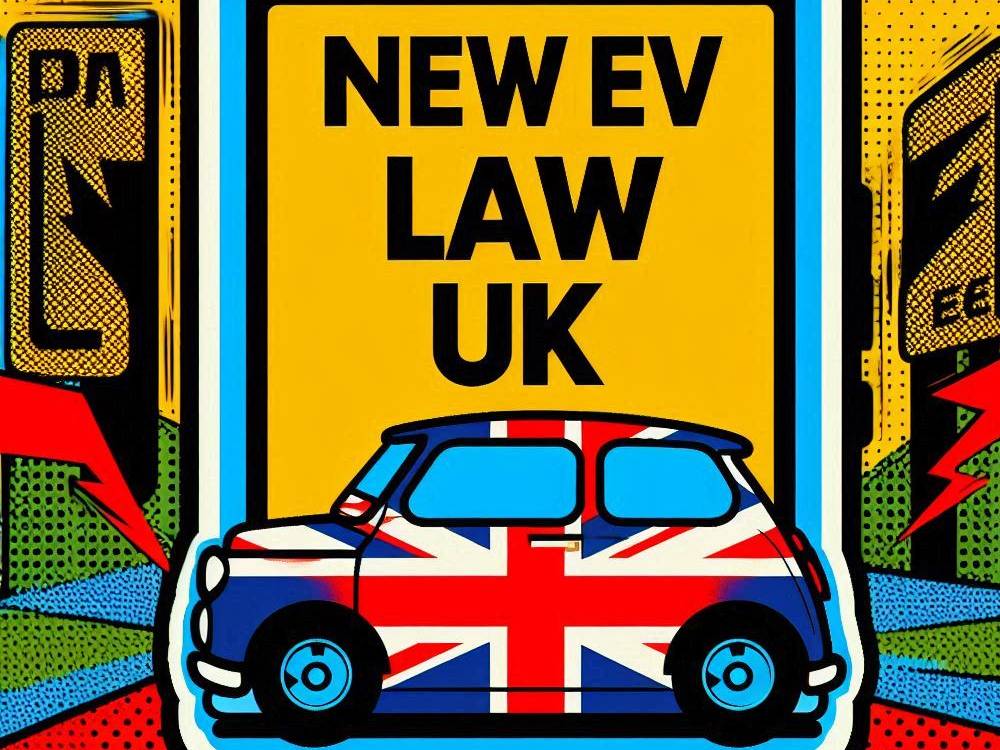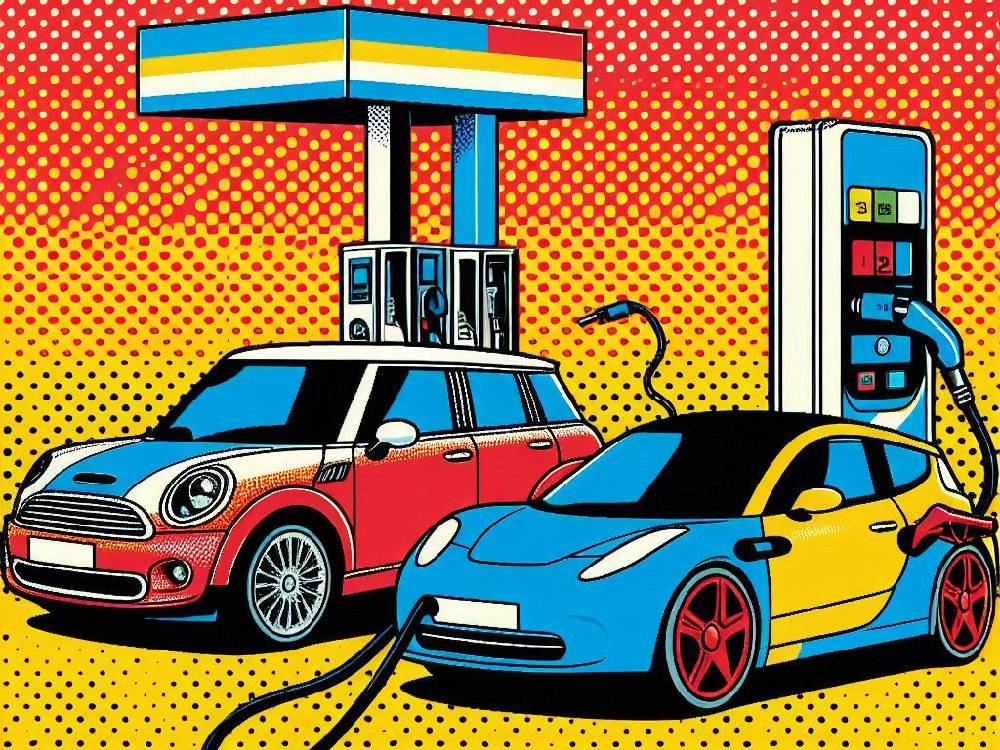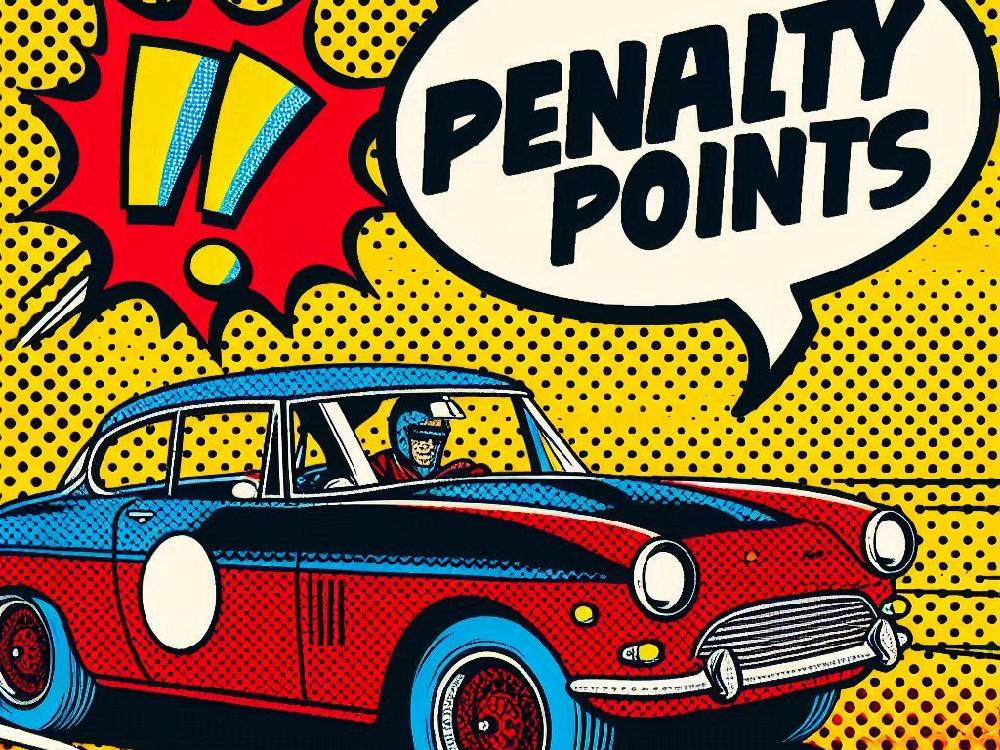Introduction
Car meets across the UK have become a serious issue.
Over the past year, reports of anti-social behaviour at these events have increased dramatically.
Often arranged through social media, these gatherings are wreaking havoc on local communities.
The consequences are alarming.
Drivers risk fines of up to £50,000 or even prison sentences.
Additionally, roads, public property, and even streetlights have suffered significant damage.
But why are these events so problematic?
The Rise Of UK Car Meets
To begin with, car meets are often seen as social gatherings for car enthusiasts.
These events provide a space to showcase vehicles, discuss modifications, and connect with like-minded individuals.
However, things are changing.
Unfortunately, many car meets now include illegal activities like street racing and reckless driving.
As a result, these once-celebratory events have gained a dangerous reputation.
But why are they so hard to stop?
The answer lies in social media.
Event organisers use platforms like Facebook and Instagram to keep their plans under wraps.
This leaves police and residents struggling to respond until it’s too late.
The consequences are clear.
Illegal meets disrupt neighbourhoods, create safety risks, and cause widespread damage.
For example, roads and signposts are often left in disrepair after these gatherings.
Want to know how modifications might affect your insurance?
Check out Car Modification Insurance: Should You Declare Changes?.
Alarming Statistics And Regional Trends Of Car Meets
Now, let’s dive into the numbers.
The statistics reveal how widespread this issue has become.
For instance, the AA recently reported that 484 unauthorised car meets occurred in the past year.
Even worse, October saw a peak in these gatherings.
Certain regions are seeing particularly high activity.
For example:
- Nottinghamshire Police recorded 134 events this year.
- Gwent Police saw numbers jump from 52 events in 2021 to 130 in 2023.
Meanwhile, the South East experienced a 14% increase, making it one of the worst-affected areas.
The West Midlands and East Midlands followed closely with 12% and 11% increases, respectively.
But what about the consequences?
Eight out of 10 AA members reported hearing excessive noise due to car meets in their neighbourhoods.
Others noted a rise in street racing, which creates even more risks for residents.
Additionally, damaged public infrastructure is becoming more common, particularly streetlights and signposts.
Want to minimise your financial risks?
Consider Very Cheap Car Insurance.
Legal Penalties For Illegal Street Racing
The law surrounding street racing in the UK is clear.
To put it simply, participating in these events can result in severe consequences.
Fines start at £2,500, but this is just the beginning.
For more serious offences, sentences can reach up to three months in prison.
However, repeat offenders face even harsher penalties.
For example, under The Road Traffic Offenders Act 1988, fines can go up to £50,000.
Additionally, prison sentences may extend to five years.
Why are the penalties so severe?
The goal is to deter dangerous behaviour and protect public safety.
It’s also worth noting that bystanders can face repercussions if they’re seen encouraging illegal activity.
Want to know more about the impact of these events on your insurance?
Visit What Happens If an Uninsured Driver Causes an Accident?.
Community Impact: A Growing Concern
The ripple effects of illegal car meets extend far beyond the participants.
For many residents, these gatherings disrupt daily life.
The excessive noise alone can make neighbourhoods feel unliveable.
According to the AA, eight out of 10 members have reported being disturbed by noise from these events.
But that’s not all.
Street racing and reckless driving are damaging public infrastructure.
Damaged streetlights, cracked pavements, and broken signposts are becoming common sights.
Unfortunately, local councils are often left footing the bill for these repairs.
This places an unnecessary burden on taxpayers.
Even more troubling, these gatherings pose serious risks to public safety.
Social media platforms make it easy for organisers to coordinate without detection.
Often, police are unaware of these gatherings until residents call to complain.
Want to know how to protect your car against unexpected damage?
Proposed Solutions: Turning The Tide
So, what can be done to address this growing issue?
The AA has called for a multi-pronged approach.
First, they’ve suggested hiring **1,000 additional traffic officers**.
These officers would focus on monitoring and dispersing illegal gatherings.
Second, there’s a push for stronger penalties to deter would-be participants.
Stricter enforcement could make a significant difference.
But it’s not just about punishment.
Raising awareness is equally important.
Educational campaigns could help inform drivers about the risks—both legal and personal.
For instance, Edmund King, the AA’s president, emphasises the need for safer roads.
He notes that stronger policing and better infrastructure could reduce the appeal of these events.
However, community involvement is just as crucial.
Residents can work with local councils to report gatherings early.
This gives police a better chance of intervening before events spiral out of control.
Want to know how switching your car insurance could save you money?
Check out [Switch Car Insurance](https://www.cheapcarinsurance.co.uk/switch-car-insurance/).
Legal vs Illegal Car Meets: Knowing The Difference
Not all car meets are created equal.
It’s important to distinguish between legal and illegal events.
Legal car meets are often organised by clubs or associations.
They provide a safe environment for enthusiasts to showcase their vehicles.
These events usually take place in designated areas, such as private car parks.
But illegal gatherings are a different story.
These events often involve reckless driving, endangering participants and bystanders alike.
The distinction is clear: legal meets build community, while illegal ones destroy it.
To stay safe and avoid penalties, drivers should only participate in authorised events.
Looking for more tips on staying safe on the road?
Visit [Young Drivers Tips for Affordable Insurance](https://www.cheapcarinsurance.co.uk/young-drivers-tips/).
Conclusion
Illegal car meets are a growing issue that cannot be ignored.
From damaged roads to public safety risks, the consequences are far-reaching.
As the AA and police emphasise, stricter enforcement and community action are key.
Drivers must also take responsibility by avoiding unauthorised events.
Instead, consider joining legal car meets to enjoy the thrill safely.
Want to learn more about how car insurance can protect you?
For more insights, check out these related blogs:
5 Ways to Save Money on Car Insurance
Young Drivers Tips for Affordable Insurance














